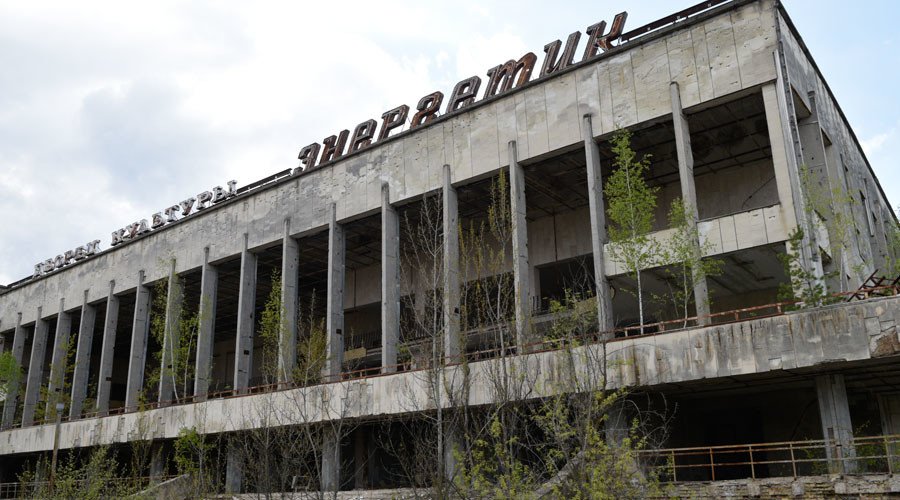Chernobyl 30 years on: Reliving horror of world’s worst nuclear accident
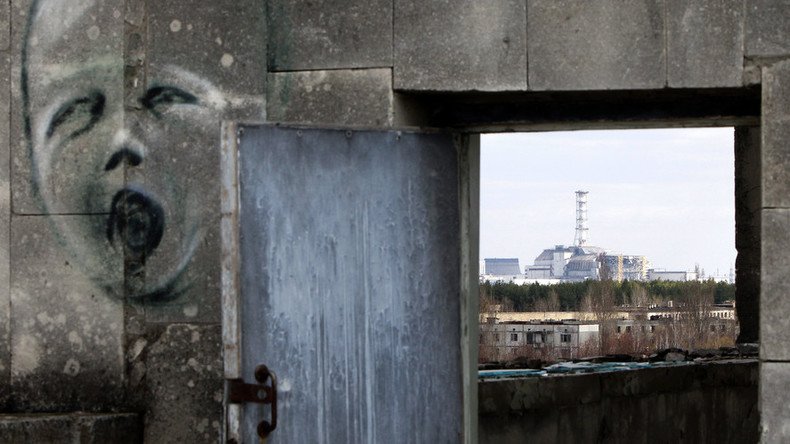
Three decades have passed since the Chernobyl accident. As its reality recedes, the memory of suffering is replaced by iconic post-apocalyptic imagery from tourists and documentary crews. Yet the story of the plant’s demise remains harrowing.
CHERNOBYL: FALLOUT 30 (SPECIAL PROJECT)
There had been potentially grave nuclear plant accidents before, at Sellafield and Three Mile Island. But it was Chernobyl that shaped humanity’s understanding of what a nuclear disaster looks and feels like. The Fukushima meltdowns five years ago have done little to replace the archetype.
The 1986 disaster had all the components of the ultimate tragic myth: the avoidable and explosive accident, a delayed and panicky evacuation, unsuspecting rescue workers poisoning themselves with invisible radiation, the abandoned Ferris wheel in Pripyat, and the looming hulk of the still-operational station buried underneath a sarcophagus, as a warning and a reminder.
As the catastrophe unfolded on April 26, 1986, the chain of events could not have been more cinematic – indeed, Chernobyl has featured in dozens of films, books and video games – nor more ominous or significant.
Negligence & bravery
The gas explosion at 1:23am was the product of a sequence of unlikely, but not inexplicable, failures that are reminiscent of other Soviet technological catastrophes. It was brought about by a combination of Chernobyl’s flawed RBMK reactor design, unapproved anywhere else in the world, and a belated and unsanctioned safety test that went wrong. The test was not aborted, thanks to a manager screaming over his underlings, which culminated in poor split-second decision-making by exhausted and stressed-out staff.
Yet details from that night stand out. The plant’s deputy chief engineer, Anatoly Dyatlov, remained in the control room, refusing to believe the extent of the accident even when told by first-hand witnesses. As 50 tons of nuclear fuel fanned out from the destroyed rooftop, the soon-to-be-dead shift manager Aleksandr Akimov sent two men to manually lower the rods. They were killed by less than a minute of exposure that left them with a 'nuclear tan'. No one left their workstations as colleagues searched for each other, already vomiting from radiation sickness. The other reactors continued to operate as if nothing had happened. And so it went.
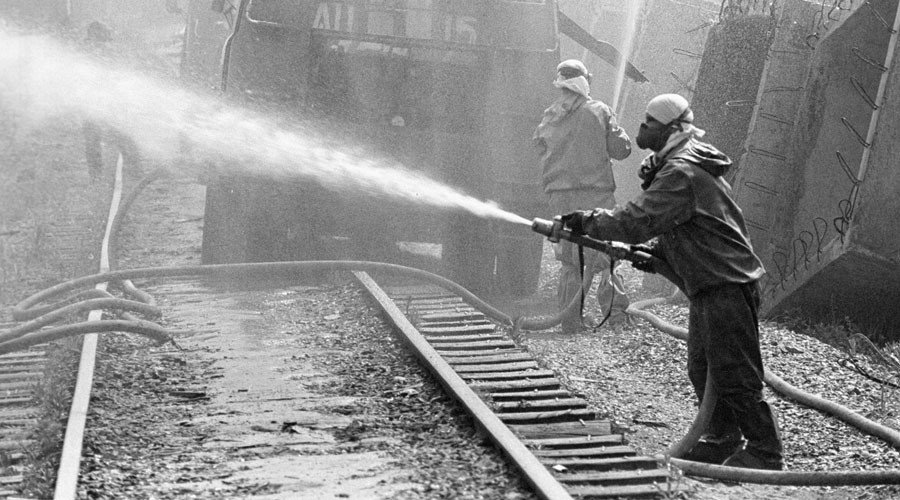
“When I came in for my shift that morning, it was immediately obvious that a disaster had occurred,” Aleksey Breus, an engineer at Chernobyl’s fateful Reactor 4, told RT. “I came to my workplace and was told that the radiation was exceeding normal levels by 1,000 times, but then they said that in places I had just walked through it was 100 times worse. At the end of that shift, I asked ‘What should I do tomorrow?’ And they said, ‘Come into work as normal.’ This is how things were in the USSR.”
Firefighters arrived at the plant within minutes, without any specialist protective equipment or knowledge of the danger they were dealing with. Some picked up the graphite debris from the reactor, joking blithely about radiation doses, just as they were being exposed to them. More than 30 people died gruesome deaths within days, weeks, or months of the disaster, following exposure to fatal doses of radiation.
“People had different wounds – fractures, burns and irradiation,” Vitaly Leonenko, the head physician at Pripyat hospital from 1980 until 1986, told RT. “Most of them had third- and fourth-degree radiation burns. One of them died instantly, the others had to wait 24 hours to be evacuated to a hospital in Moscow.”
Eventually, over 600,000 'liquidators' from all over the Soviet Union were drafted in to clean up the effects of the accident.
“A man in uniform knocked on the door of my house and said that I was being recruited as a liquidator. He said that if I refused, they would use force. There were eight of us in the bus and they kept us overnight, before sending us to a military regiment. There, we were forced to sign a non-disclosure agreement and told that violating it would result in facing a firing squad,” Aleksandr Filipenko, who spent months helping liquidators change in and out of irradiated clothes, told RT.
Filipenko had been a dual cycling world champion prior to the accident. Within years, he was so riddled with an assortment of chronic illnesses that he could not walk.
But at least he is still alive.
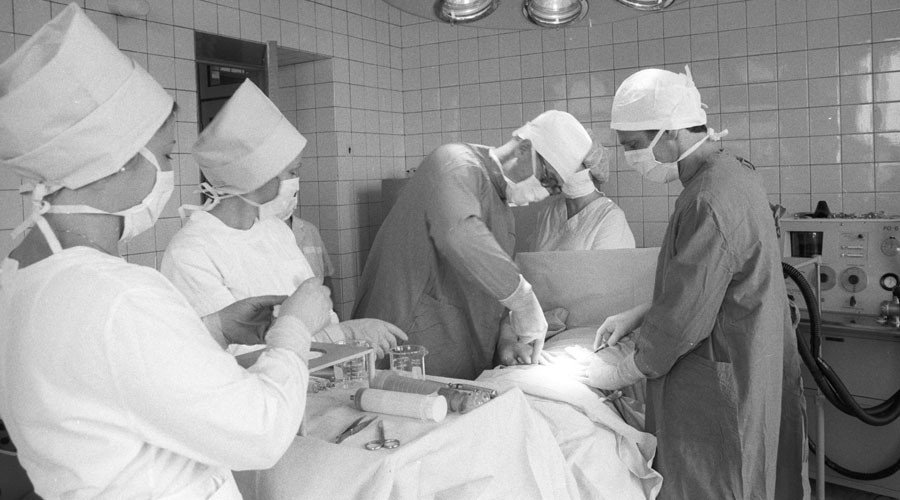
Pripyat was a model Soviet city that had been specially-constructed a little over a decade before the tragedy to house the Chernobyl plant’s workers and their families. It had a population of 50,000. Due to the natural tendency of Soviet officials to secrecy and the desire of power plant staff to underplay the severity of the accident, while bureaucrats and scientists all over the country knew something had happened, Pripyat children continued to bathe obliviously in the contaminated river – at least until the first patients entered the hospital complaining of nausea, headaches and a metallic taste in their mouths.
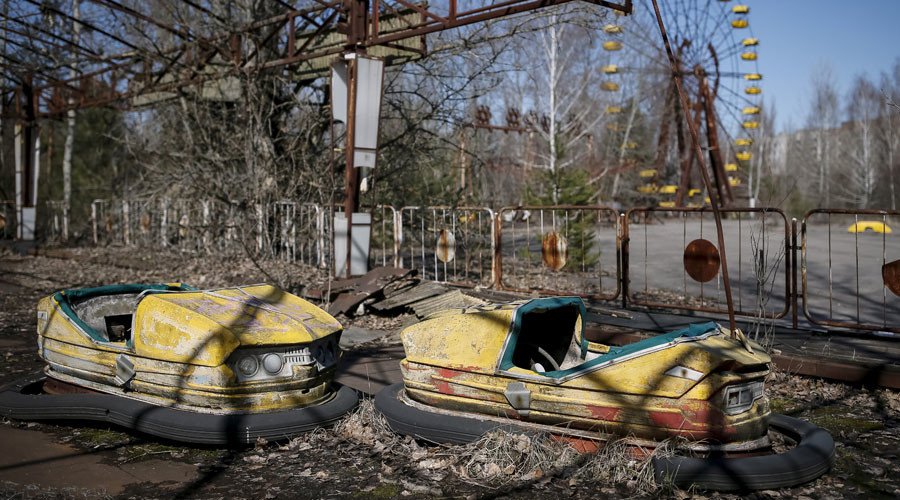
Horror stories – many apocryphal – abound. A pedestrian crossing overlooking the station is now known as the Bridge of Death. After the explosion occurred, onlookers gathered to observe the rainbow-colored plumes of burning graphite rising from the station, in what they told others was one of the most beautiful sights they had ever beheld. But those who stayed too long suffered near-fatal doses of radiation, or even fatal exposures.
All of Pripyat’s residents were bundled into buses after an evacuation was finally announced on the afternoon of April 27 – 36 hours after the blasts. In order to prevent packing delays and make sure that radiation-absorbing items would not circulate throughout the country, they had been told that they would return within three days.

The eerie calm for which the town has become known settled upon it within days.
READ MORE: Wildlife thriving without humans in Chernobyl nuclear zone – study (PHOTOS, VIDEO)
When the liquidators entered the town, fridges were still stocked with rotting food and fish, and clothes were still hanging outside where they had been left to dry. Some animals, such as storks, that had been exposed to fatal doses of radiation lay on the ground dying. However, cattle were left to wander the streets, marveling at their unexpected freedom before being shot to prevent the spread of disease.
Post-apocalyptic normality
Ironically, considering what has happened over the past 30 years, to a Soviet time traveler Pripyat and Chernobyl’s power station would seem more familiar than anywhere else in the former USSR.
Life in the exclusion zone is reassuringly routine, as the chance of the area ever returning to normal is zero. As radioactive elements in the ground reach their half-life, wildlife has crept back to produce one of the most idyllic landscapes anywhere in Europe. To the surprise of many outsiders, Chernobyl’s surviving reactors continued to operate until 2000, and the facility still swarms with maintenance staff bused in and out on a daily basis.
The Ukrainian government says the cleanup will eventually be completed by 2065.
The human cost of the accident is impossible to estimate precisely, with verified deaths competing with statistical projections and complex medical theories. The UN has said that 4,000 people died earlier than otherwise due to Chernobyl, though Greenpeace says the true figure could be more than 20 times higher. The number of people suffering from additional cancers or birth defects is also impossible to attribute precisely to small or inconsistent doses of radiation received over decades, though they could reach hundreds of thousands.
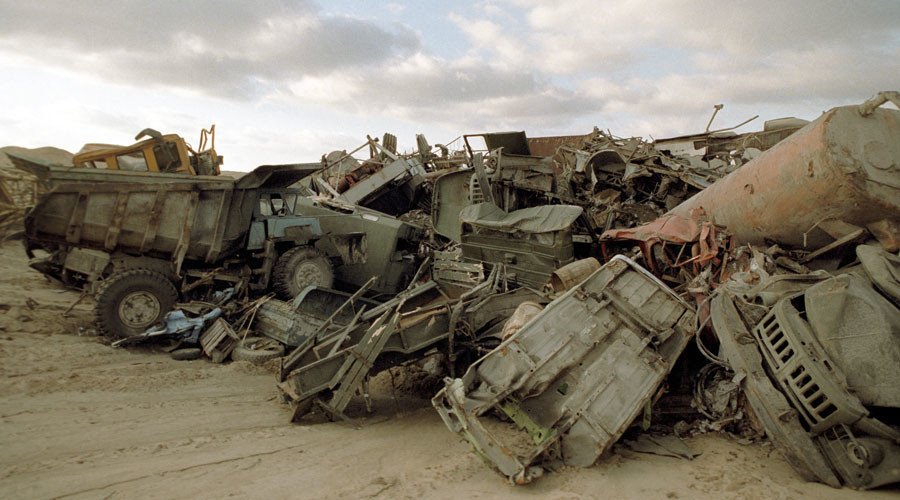
The symbolic significance of April 26, 1986 is impossible to deny – the date is still a watershed in world history, to rival Hiroshima or 9/11. The nuclear industry, the environmental movement, and the Soviet Union were never the same. But the visceral stories of those who did not make it, and the dwindling numbers of those who did – saving many lives in the process – should not be forgotten. Even if there is little else positive to commemorate on this day.
Igor Ogorodnev, RT
